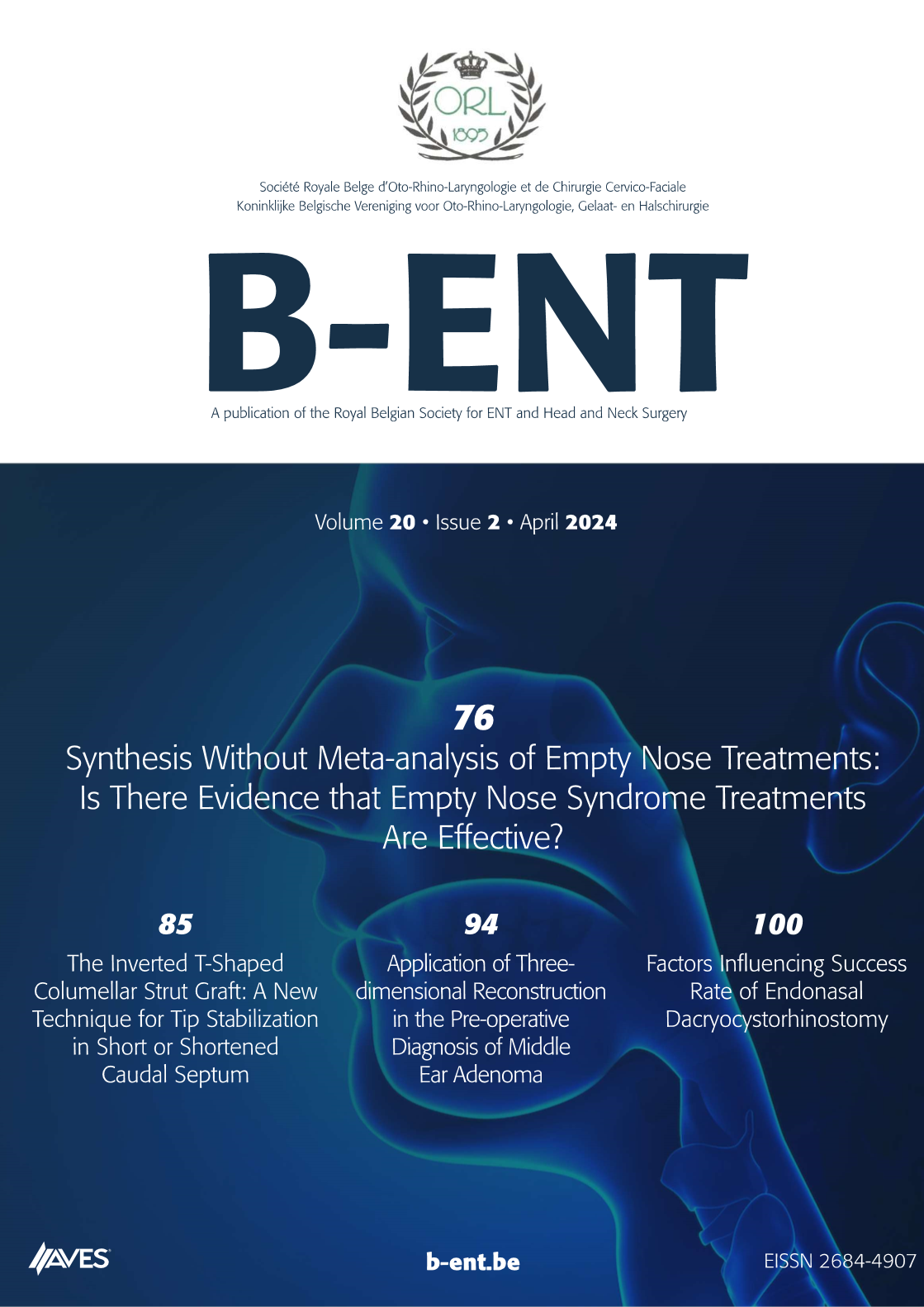The feather touch rasp, a powered instrument for hump reduction. Introduction and aim: Standard rhinoplasty procedure involves bony profile alignment with an osteotome, followed by profile refinement with a manual rasp. The entire bony hump may sometimes be addressed with a rasp. Manual rasps and osteotomes, however, can be traumatic instruments, resulting in tissue oedema and bruising. The feather touch rasp is one of the powered instruments developed in recent years to improve precision and technical ease while preventing tissue trauma. The powered rasp has been frequently used at our department in the last eighteen months for hump reductions.
Material and methods: Retrospective evaluation of 72 rhinoplasty procedures performed in 68 patients between January 2004 and June 2005. A bony hump reduction was necessary in 52 of the 68 patients. 60% of the patients were male. The mean age was 30 years. The open rhinoplasty technique was used in 65% of the patients. All humps were addressed with the feather touch rasp only. Patients were seen 10 days, 4 weeks and three months after surgery. Results: In one patient the nasal dorsum remained too high. We found one asymmetric nasal dorsum. Another patient had a low nasofrontal angle, creating a false impression of a remaining hump. In two patients, bony irregularities appeared a few months after the rhinoplasty procedure. Overall, most patients were satisfied with the results of the hump reduction.
Conclusions: The feather touch rasp makes safe and gradual bony hump reduction possible, with fragments being aspirated and the overlying skin being well protected.



.png)
